Market trends of plush toys: personalization and innovation
Understanding Current Trends in Plush Toys Personalization and Innovation
The plush toy industry is witnessing a remarkable surge in customization as consumers increasingly seek personalized options that embody their individuality and preferences. This trend is driven by a desire to own unique, tailor-made products that resonate with personal tastes and identities. According to a survey by the Toy Association, 72% of consumers express interest in personalized plush toys, highlighting a significant shift toward customization in the market. This demand goes beyond aesthetics, allowing consumers to infuse personality and sentiment into their plush companions, ranging from unique color choices to the integration of personal messages or characteristics.
Technological advancements like digital printing and 3D modeling are revolutionizing plush toy design, offering possibilities previously unattainable. Digital printing allows for intricate patterns and vivid colors on fabrics, enabling designs that are as unique as the individual creating them. Meanwhile, 3D modeling is facilitating the creation of complex shapes and customized molds, expanding the boundaries of what can be crafted in plush form. These technologies not only streamline the design process but also offer consumers a wider array of customization options, thus driving the popularity of plush dolls and stuffed animals in the ever-growing market for personalized products. This intersection of technology and creativity signifies a new era in plush toy innovation, broadening the scope of what's possible in this adored market.
Emerging Personalization Techniques in Plush Toys
Recent innovations in plush pillows and stuffed animals focus on enhancing comfort and enabling personalization. Manufacturers are increasingly using high-quality materials such as microfibers to create plush toys that are not only soft but also durable. Design elements like embroidered names and bespoke characters are gaining popularity, allowing consumers to add a personal touch to their plush toys. The integration of these features caters to a growing demand for individuality in popular stuffed animals and plush dolls, making them more than just toys, but cherished keepsakes.
Brands are leveraging data-driven approaches to tailor their plush toy offerings based on consumer preferences. By analyzing buying habits and feedback, companies can identify trends and adjust their product lines accordingly. This strategy allows brands to produce mini stuffed animals and plush pillows that resonate with specific audience segments, maximizing appeal and engagement. By understanding the nuances of consumer preferences, brands can deliver personalized options that perfectly align with customer desires, thereby enhancing satisfaction and fostering brand loyalty.
Popular Stuffed Animals: Nostalgia Meets Innovation
Iconic plush dolls have always held a cherished spot in children's toy collections, a testament to their cultural significance and the powerful role nostalgia plays in their enduring popularity. The undeniable charm of teddy bears, bunnies, and other classic designs evokes warm, childhood memories, making them timeless favorites across generations. These stuffed animals serve as more than just toys; they are symbols of comfort and emotional support that resonate with both children and adults.
In recent years, the classic design of these plush companions has seamlessly integrated with modern innovations, blending the old with the new. Features such as interactive capabilities and eco-friendly materials are being incorporated into traditional stuffed animals, catering to contemporary consumer demands. Interactive features like voice recordings, storytelling, and educational games enhance the relationship children form with their plush toys, offering both companionship and learning opportunities. Simultaneously, the shift towards sustainable materials reflects an increasing awareness and desire for eco-conscious products. This evolution ensures that stuffed animals not only continue to satisfy the emotional needs of children but also align with the growing concerns for environmental sustainability.
The synergy between nostalgia and innovation ensures that plush toys remain relevant in today's market. By combining beloved classic designs with features like interactivity and eco-friendliness, stuffed animals appeal to a broad audience, spanning different generations and meeting diverse needs. Whether treasured as nostalgic keepsakes or embraced as modern companions, these plush toys will likely continue to enrich lives with warmth and joy.
Mini Stuffed Animals: A Growing Trend for 2024
Mini stuffed animals are gaining popularity, especially among millennials and Gen Z consumers, primarily due to the appeal of collectibility and nostalgia. These smaller versions of traditional plush toys, often referred to as "mini stuffed animals," offer a sense of nostalgia and personal connection that resonates deeply with these younger demographics. This trend of miniaturization in plush products reflects a growing desire among consumers for items that are not only adorable but also collectible and displayable. As these demographics often seek items that evoke childhood memories while fitting seamlessly into contemporary lifestyles, mini stuffed animals have become an irresistible trend.
The creative and innovative designs of these mini stuffed toys significantly impact their market presence. Brands are leveraging this trend by developing unique product lines that enhance collectible value, engaging consumers and expanding their portfolios. By incorporating unique features such as themed collections, limited editions, and interactive elements, brands create a sense of exclusivity and desirability. This strategic approach not only strengthens consumer engagement but also drives up the perceived value and appeal of mini stuffed animals, ensuring their prominence in the growing plush toy market. As companies continue to innovate, the appeal of miniatures will likely continue to expand, capturing the hearts of collectors and casual buyers alike.
The Role of Plush Toys in Emotional Support and Therapy
Plush toys play a significant role in therapeutic settings, offering emotional support that helps children cope with anxiety and trauma. Studies indicate that stuffed animals can act as transitional objects, providing comfort and security to children facing stressful situations. For example, hospitals and therapy centers often use plush toys as part of therapeutic interventions, where children can express their feelings through play, helping them process complex emotions in a safe environment. These therapeutic benefits make plush toys a valuable tool in emotional healing and support.
In a broader sense, comfort objects like plush dolls and stuffed animals contribute greatly to a child's emotional development. The attachment formed with these toys fosters empathy and social skills as children interact and project feelings onto their plush companions. This interaction encourages imaginative play, nurturing the ability to understand and share the emotions of others. Furthermore, plush toys often become confidants, helping children articulate their thoughts and feelings, paving the way for better communication skills and emotional resilience. The supportive role that plush toys play in childhood underscores their continued importance beyond just being a source of entertainment.
Future Horizons: The Evolving Landscape of Plush Toys
The plush toy market is poised for significant evolution from 2024 and beyond, with key trends such as sustainability and ethical sourcing gaining traction. As consumers become more environmentally conscious, manufacturers are expected to shift towards using eco-friendly materials and sustainable production processes. This trend is not only driving innovation in product development but also influencing purchasing decisions, as buyers increasingly favor toys made from renewable resources. Moreover, the demand for ethically sourced products is prompting companies to ensure fair labor practices and transparent supply chains, aligning with consumer values around social responsibility.
In response to changing market dynamics, manufacturers are exploring innovative ways to meet the growing demand for plush toys. Firstly, the introduction of new materials, such as organic cotton and recycled plastics, is revolutionizing the design and durability of stuffed animals and plush dolls. Secondly, technology integration in toys, including elements like GPS trackers and sensors, is becoming popular among manufacturers aiming to create interactive and engaging experiences. Lastly, the market is witnessing a surge in demand for customized plush toys, with companies offering personalized options to cater to individual preferences, which allows for unique expressions of creativity and personal connection. These innovations are setting the stage for future growth and differentiation in the plush toy market.
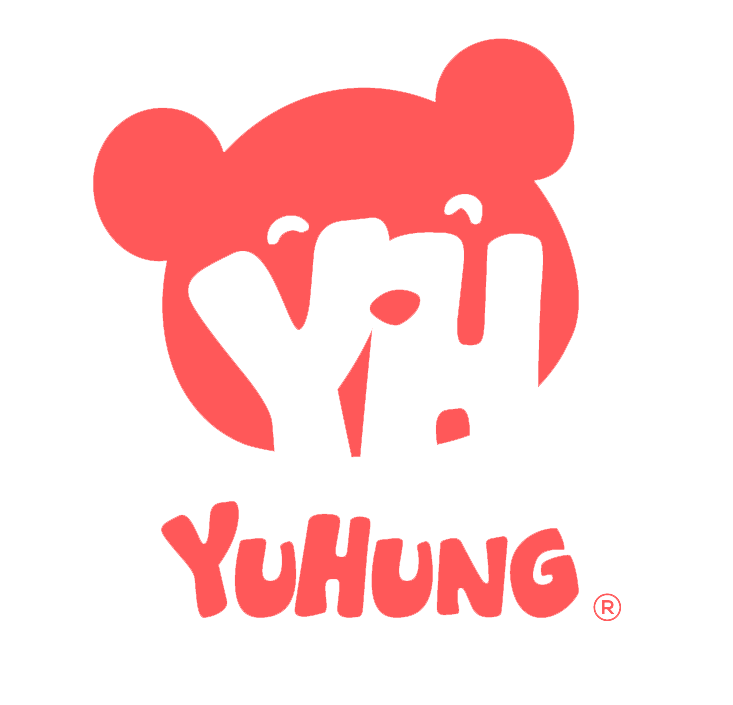
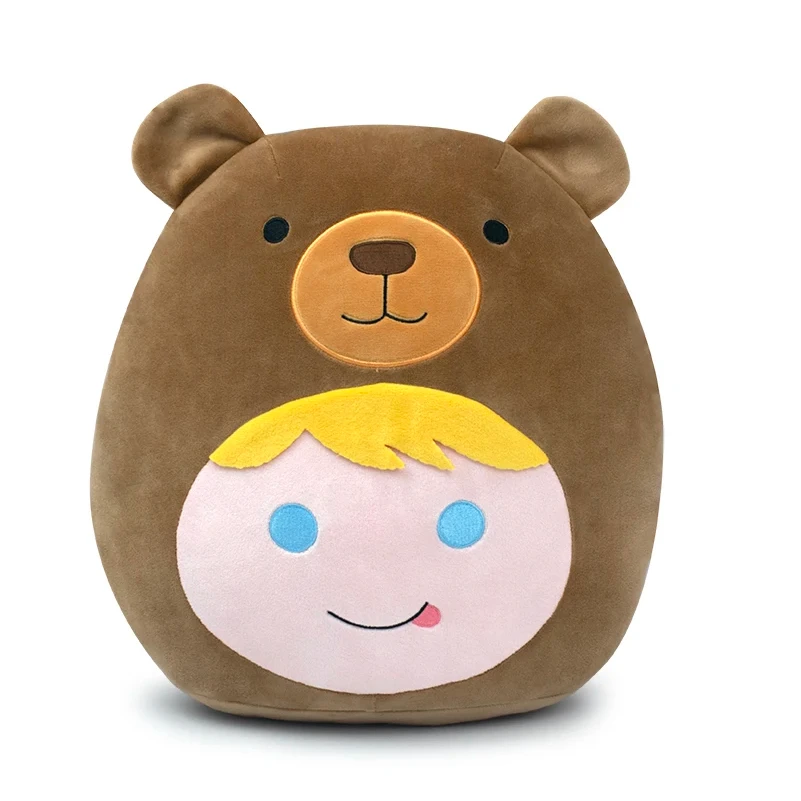
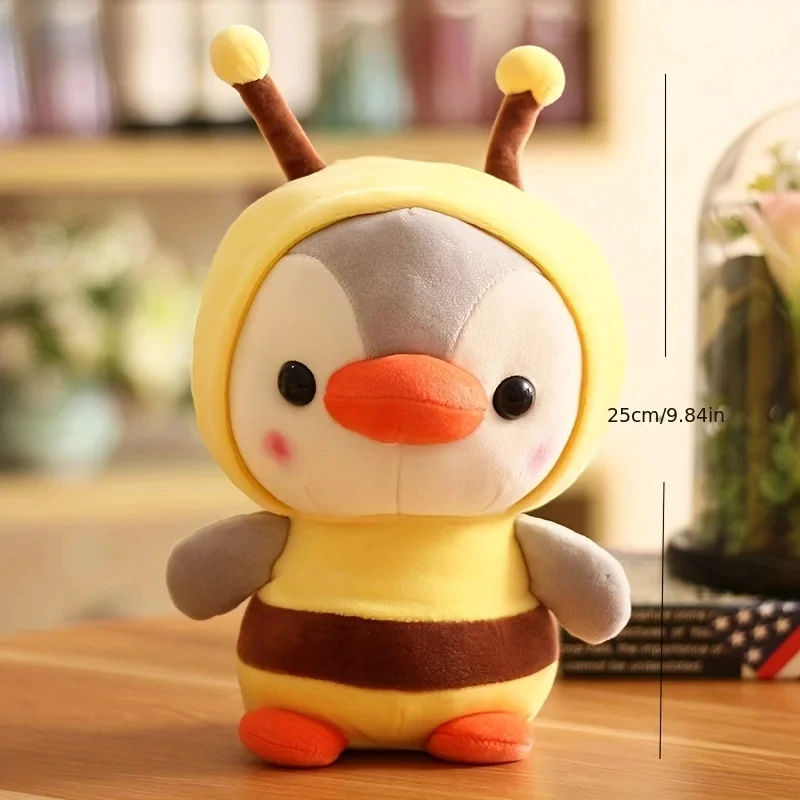
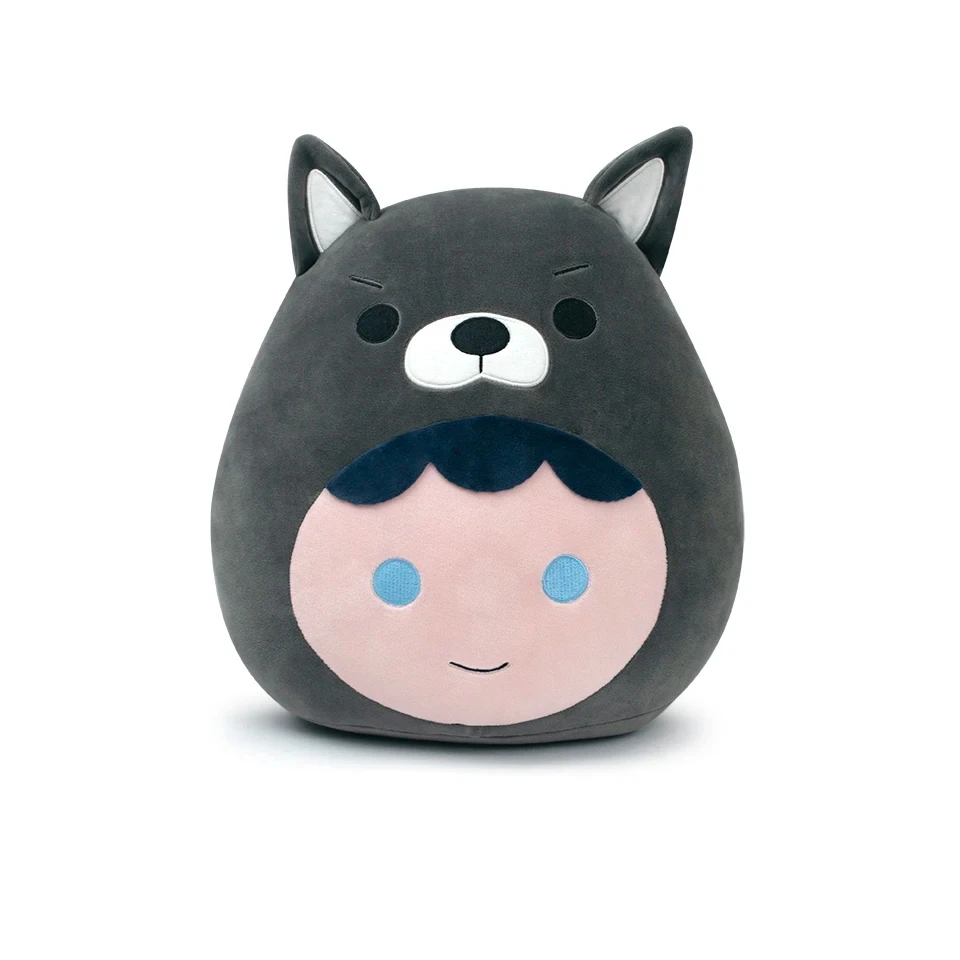
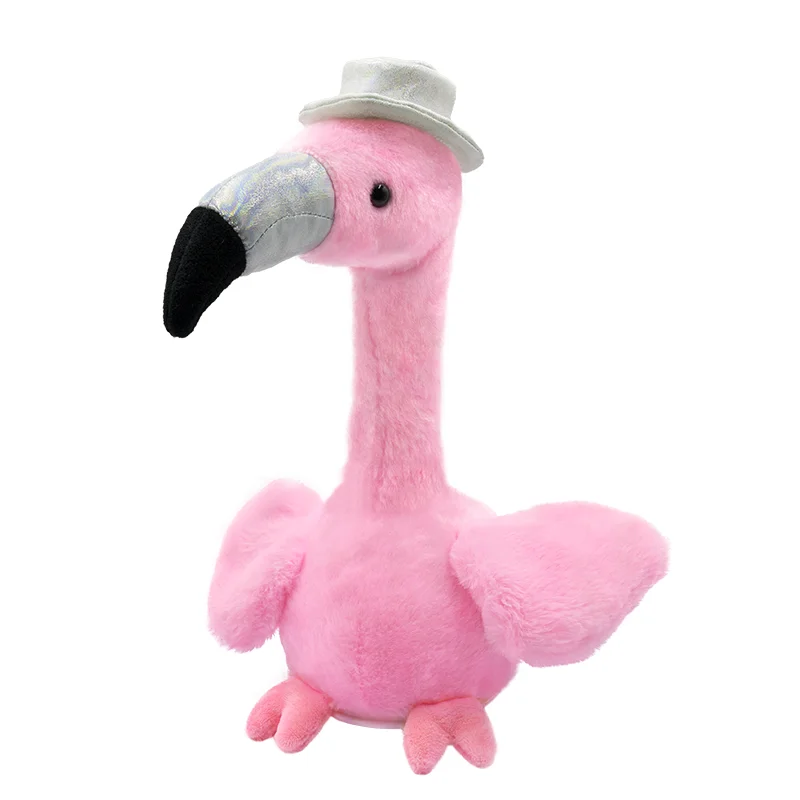

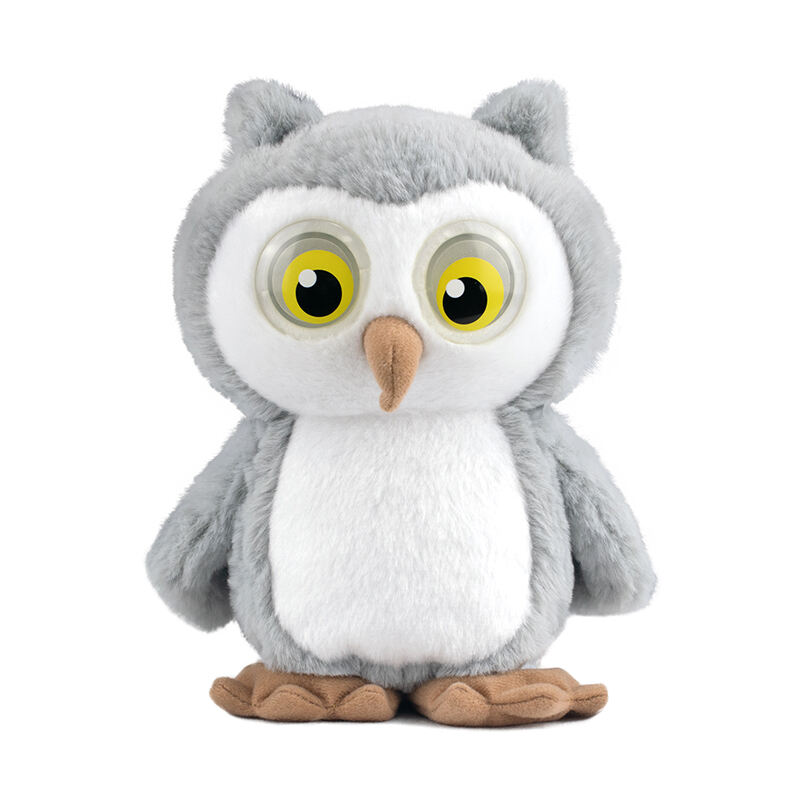
 Hot News
Hot News